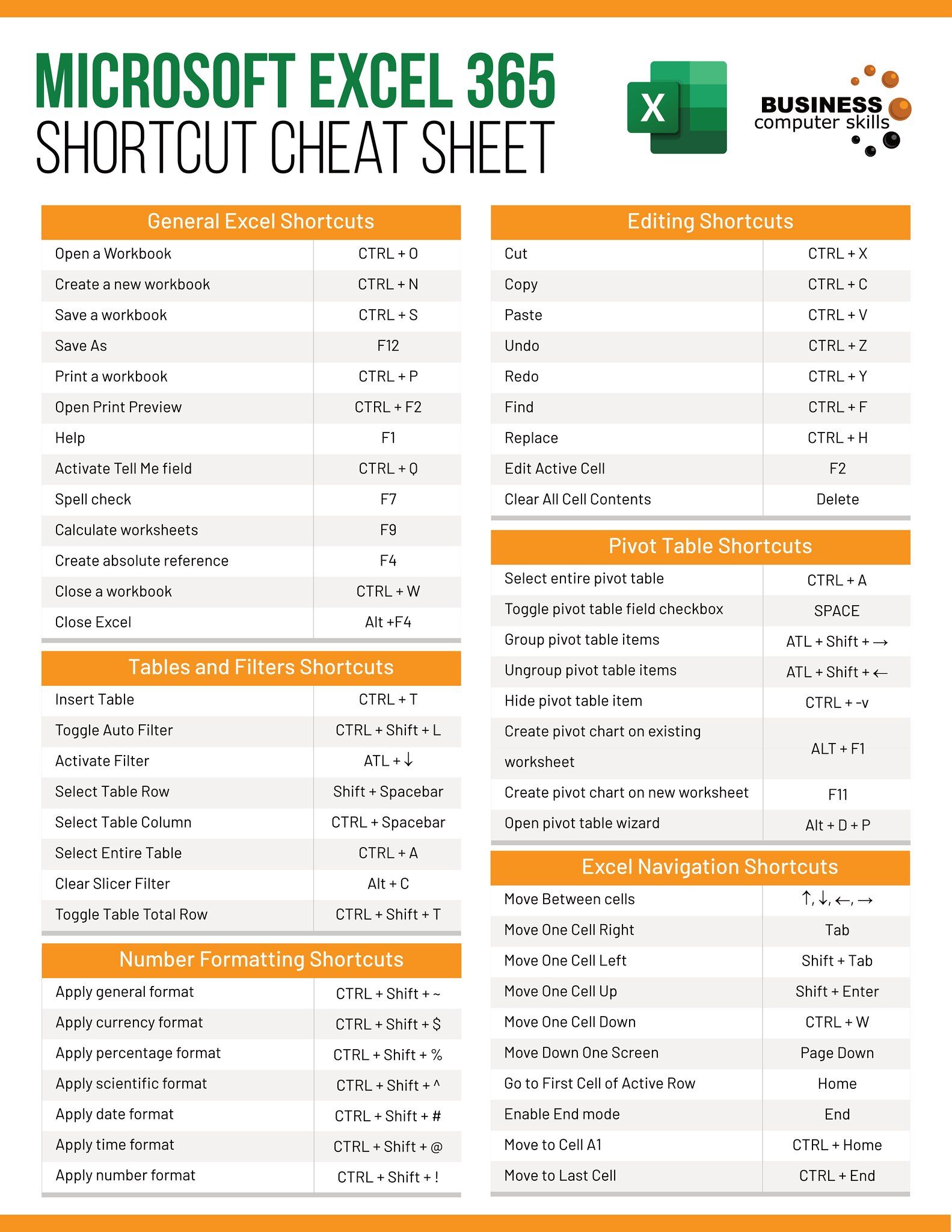Excel Sheet Naming with Dates: A Simple Guide

In the world of spreadsheets, organizing and managing large amounts of data can be a daunting task. Excel, one of the most popular tools for data manipulation, comes with features that can help streamline this process. One such feature is the ability to dynamically name sheets based on dates, which can be incredibly useful for monthly or daily reporting, project tracking, or any situation where chronological organization is key. In this guide, we will explore several methods to automate the naming of Excel sheets with dates, ensuring your data is always structured and easy to navigate.
Why Use Dynamic Sheet Naming?

Before delving into the how-to, let's consider why you might want to use dynamic sheet naming with dates:
- Time Management: Automatically naming sheets reduces manual effort, allowing you to focus on more critical tasks.
- Data Organization: Easy navigation through time-based data sets, making it simpler to track changes over time.
- Accuracy: Removes human error from sheet naming, ensuring consistency.
Method 1: Using Excel Formulas

The first method involves using Excel's built-in functions to name sheets dynamically. Here’s how:
Step 1: Create a Naming Formula

In a cell (let's say B2), enter a formula like this:
=TEXT(TODAY(), "MMM-YYYY")
This formula will display the current month and year in the format "MMM-YYYY."
Step 2: Apply the Naming Formula

Highlight the cell with your formula. Go to the Home tab, click on Format as Table, choose a style, and ensure "My table has headers" is checked. This creates a named range that can be used to rename the sheet:
⚠️ Note: This method works best for sheets created on different days to ensure unique names.
Step 3: Use VBA to Automate

If you're comfortable with VBA, here's a simple script to rename the active sheet based on the cell value:
Sub RenameActiveSheet()
Dim sheetName As String
sheetName = Sheets(ActiveSheet.Name).Range(“B2”).Value
ActiveSheet.Name = Left(sheetName, 31) ‘Limited to 31 characters in Excel
End Sub
🔍 Note: VBA can be accessed through the Developer Tab. If not visible, go to File > Options > Customize Ribbon and enable Developer Tools.
Method 2: Manual Date Insertion

Sometimes, you might prefer a less automated approach where you manually set the sheet name with dates:
Step 1: Select the Sheet to Rename

Right-click on the sheet tab you want to rename and click Rename.
Step 2: Name with Date

Enter a date in the desired format, for example:
- YYYY-MM-DD for sorting
- MM-YYYY for monthly reports
- DD-MM-YY for simplicity
Method 3: Using a Script in Google Sheets

If you're using Google Sheets, you can automate sheet naming with dates via a script:
function nameSheetWithDate() {
var sheet = SpreadsheetApp.getActiveSheet();
var date = new Date();
var name = Utilities.formatDate(date, Session.getScriptTimeZone(), “dd-MM-yyyy”);
sheet.setName(name.slice(0,31));
}
Step 1: Open Script Editor

From your Google Sheet, go to Tools > Script editor to access Google Apps Script.
Step 2: Paste the Code

Copy and paste the above script into the Script Editor. Save the project with a descriptive name.
Step 3: Run the Script

You can run the script manually or set up a time-driven trigger to run automatically:
- In the script editor, click on Edit > Current project’s triggers.
- Set up a time-driven trigger to run daily or monthly as needed.
Conclusion

In this comprehensive guide, we’ve explored three different methods to automate or manually name Excel sheets with dates. Whether you're using Excel or Google Sheets, these techniques help streamline data organization, reduce errors, and save time. Automating sheet names with dates offers significant advantages in terms of time management and data accuracy, making it an invaluable tool for anyone dealing with large datasets or regular reporting tasks.
Can I use these methods for naming sheets with dates automatically in Excel?

+
Yes, Method 1 with VBA or Method 3 in Google Sheets can automate sheet naming with dates.
Will these methods work if I'm using Excel Online?

+
Excel Online does not support VBA, so the first method won't work directly. However, you can still use Google Sheets or perhaps look into Excel's Power Query to achieve similar results.
Can I customize the date format used in sheet names?
+Yes, you can modify the date format in the formulas or scripts provided to suit your reporting needs.



